Have you ever questioned if your outdoor gear truly prepares you for the unexpected? Harnessing the power of the Scout 10 essentials transforms traditional scouting wisdom into a modern blueprint for tactical success. In this article, we explore how these ten critical items, rooted in scouting history and refined for today’s adventures, elevate safety and readiness on every expedition. From first aid kits to navigation tools, discover the decisive benefits of a well-rounded gear kit and learn why each piece is indispensable for empowering your outdoor journeys.
Detailed Breakdown of What Are Scout 10 Essentials Items
Carrying a well-curated set of outdoor gear is critical for navigating unpredictable conditions and ensuring safety during scouting adventures. Each item in this list serves as an outdoor survival necessity that can transform a challenging situation into a manageable one. The selection of essentials emphasizes camp gear must-haves that offer both immediate practicality and long-term reliability. Items like a pocket knife and first aid kit are indispensable for handling both minor repairs and unexpected injuries, while extra clothing and a refillable water bottle address the need for comfort and hydration in ever-changing environments.
Every component in the Scout 10 essentials supports adventure readiness through defined utility and versatility. The kit prepares scouts for diverse scenarios by integrating roles from navigation to emergency response. A flashlight or headlamp enhances visibility during low-light conditions, and a magnesium-based fire starter guarantees reliable ignition for warmth or signaling in critical moments.
Complementary items such as trail snacks, bug spray, and an emergency blanket bolster preparedness against natural hazards and sudden weather shifts. The following numbered list details each item’s survival benefits through concise, action-driven explanations.
- Pocket knife: provides versatile cutting and tool functions essential for field repairs.
- First aid kit: supplies critical medical components for immediate injury care.
- Extra clothing: offers protection against fluctuating weather and enhances comfort.
- Refillable water bottle: ensures sustainable hydration during extended excursions.
- Flashlight/headlamp: delivers reliable lighting for navigation in dark or low-light conditions.
- Fire starter: uses magnesium-based ignition to secure warmth and facilitate emergency signaling.
- Rain gear: such as a rain poncho, protects against sudden downpours and wet conditions.
- Trail snacks: maintain energy levels essential for vigorous outdoor activity.
- Bug spray: minimizes insect-related risks and supports comfort in mosquito-prone areas.
- Emergency blanket: retains body heat and provides critical insulation in unexpected cold.
The Scout 10 Essentials: Legacy, Community, and Preparation in Scouting
Scouts worldwide have embraced the 10 essentials as a cultural cornerstone for expedition gear fundamentals and camp basics overview. The list, endorsed by groups like Troop 676, Troop 278, and ScoutMaster Dave, embodies a legacy of meticulous preparation and continuous training. Youth leaders rely on these supplies to guide outdoor exercises while reinforcing a collective commitment to safety and self-reliance. This curated kit not only provides tactical equipment but also fosters community engagement through live sessions and social sharing, ensuring that every scout passes on these critical lessons to future generations.
The established gear kit represents more than survival tools; it is an exploration requirements review that grounds modern scouting in time-honored practices. Community feedback has refined these essentials, making them adaptive to changing conditions and technological advances. Regular field exercises and collaborative discussions encourage scouts to maintain and upgrade their equipment while ensuring consistency in performance. The evolution of these items mirrors the dynamic interplay between tradition and innovation, cementing their role as indispensable gear for every outdoor mission.
Final Words
We delved into the origins and tangible benefits of the essential gear kit for outdoor preparedness. We unraveled the historical context, detailed each item’s use, and offered practical tips for field operations.
Our deep dive on what are scout 10 essentials combines expert insight with tactical utility to enhance every expedition. This analysis empowers informed decision-making and drives forward a proactive approach to outdoor readiness, ensuring you remain adaptable and mission-ready.
Our journey through these critical gear elements leaves us optimistic and ready to embrace new challenges ahead.
FAQ
Q: What are the Scout 10 essentials?
A: The Scout 10 essentials are: pocket knife, first aid kit, extra clothing, water bottle, flashlight/headlamp, trail food, fire starter, sun protection, navigation tools (map/compass), and rain gear. These items form the foundation of outdoor preparedness.
Q: What type of first aid supplies should be included?
A: A Scout first aid kit should contain bandages, antiseptic wipes, gauze pads, adhesive tape, moleskin for blisters, tweezers, and basic medications. Pack items in a waterproof container.
Q: What navigation tools are recommended?
A: Essential navigation tools include a topographic map, magnetic compass, and optional GPS device. Maps should be weather-protected and compass skills regularly practiced.
Q: What kind of fire starters work best?
A: Reliable fire starters include waterproof matches, magnesium fire starters, and lightweight lighters. Store them in waterproof containers and include dry tinder materials.
Q: What clothing should be packed as extra?
A: Pack moisture-wicking base layers, insulating mid-layers, and weather-appropriate outerwear. Include extra socks, warm hat, and gloves for temperature regulation.
Q: How much water and food should Scouts carry?
A: Carry at least two liters of water and enough high-energy trail food for 24 hours beyond planned trip duration. Include protein bars, dried fruits, and nuts.
Q: What type of lighting is recommended?
A: LED headlamps are preferred over flashlights for hands-free operation. Pack extra batteries and consider a backup light source for redundancy.
Q: How should the 10 essentials be stored?
A: Store essentials in waterproof, easily accessible containers or compartments within your pack. Organize items by category and frequency of use.
